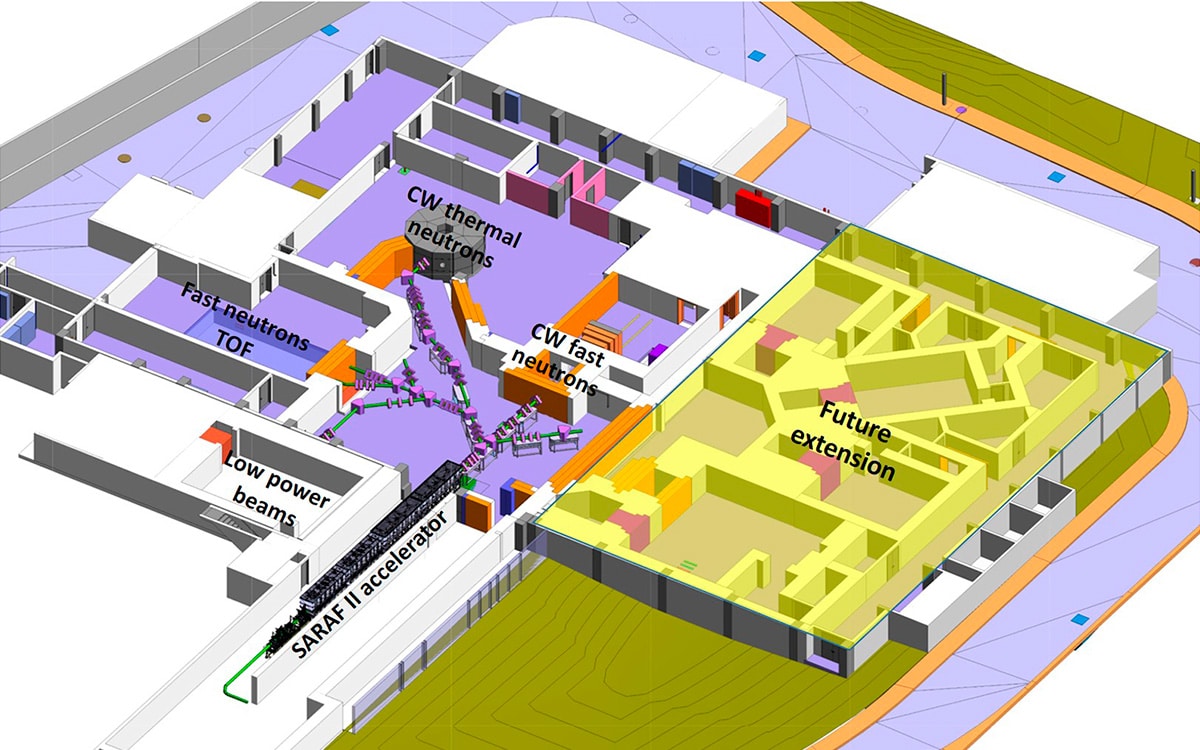
Status of the uTCA Digital LLRF design for SARAF Phase II
Status of the uTCA Digital LLRF design for SARAF Phase II
Problem We Solve: The LLRF is a subsystem of the CEA control domain for the SARAF-LINAC instrumentation and SAFRAN ELECTRONICS & DEFENSE SPAIN S.L.U has designed, developed, manufactured and tested the system based on CEA technical specifications. The final version of this digital LLRF has been already installed in the SARAF accelerator in Israel at the end of 2021 and the first results are going to be shown here.
Why It Is Important: One of the crucial control systems of any particle accelerator is the Low Level Radio Frequency (LLRF). The purpose of a LLRF is to control the amplitude and phase of the field inside the accelerating cavity.
How we solve it:
Software Architecture



EPICS as Control system (asynPortDriver, databases, PV, autosave…)
Integrated libraries for FPGA/ARM communication (AXI based)
2 LLRF IOCs with complete functionality
System Performance Measured:
Low response time – PI delay

The duration of the steps produced by the effect of Kp determine the total loop delay of the system from Ucav to Uamp (delay < 1us)
PLL Capability

Frequency closed loop for tracking the cavity resonant frequency in open loop
Phase Stability in ECTS

Achieved phase stability in tests with the superconducting HWRs: ~6×10-3 deg [RMS]
Detuning correction

Detuning correction using a mechanical tuner to minimize the injected power
Short beam pulse detection during SNRC commissioning

Moreover…
• PI loop for amplitude and phase regulation
• Feedforward feature
• Great cavity regulation long-time stability with temperature changes
• Amplitude precision: 0.03% Vpp
• Phase precision: 0.03 degrees
• LLRF Additive phase noise of only 182 fs
Why Choose Us: Safran collaborates on many breaking-through challenges all around the world, providing best-in class and highly innovative solutions for the most demanding scientific facilities. We’re widely known as a world-wide leader in accurate sub-nanosecond time transfer and frequency distribution as well as having high expertise in advanced control systems for particle accelerators. Our company collaborates on many breaking-through challenges all around the world, providing best-in class and highly innovative solutions for the most demanding scientific facilities.

 Related Resources
Related Resources
 GET QUOTE
GET QUOTE
Reach Out Today To Get A Free Quote
